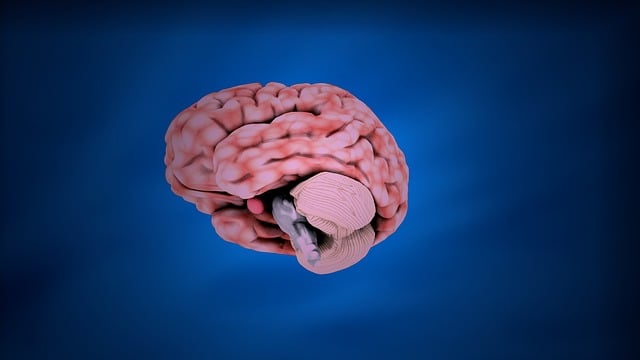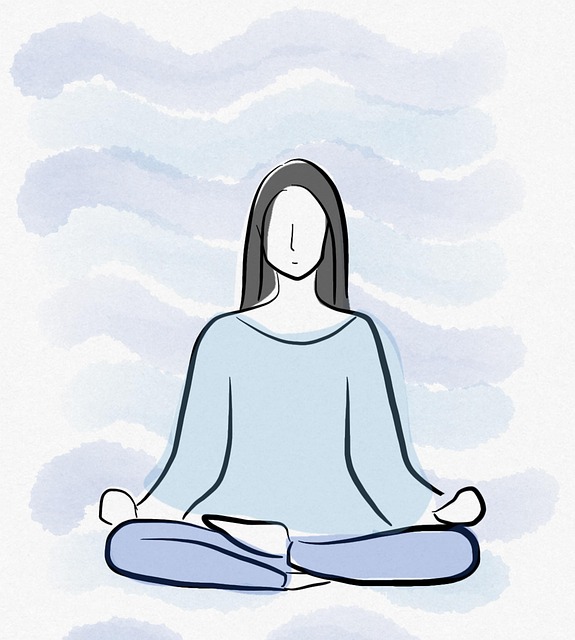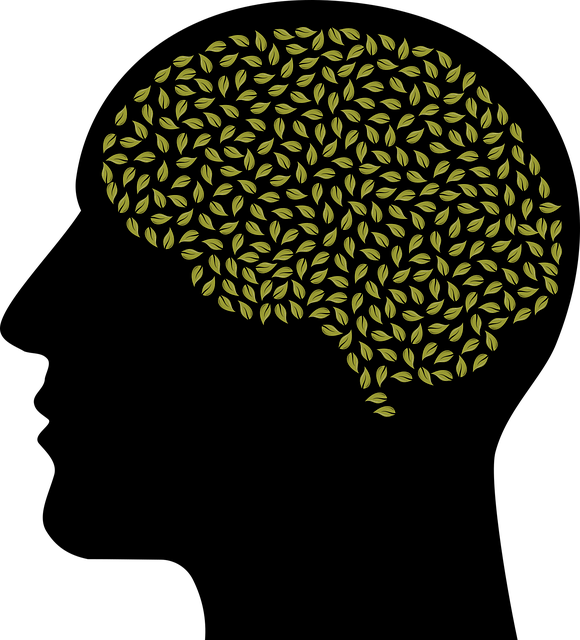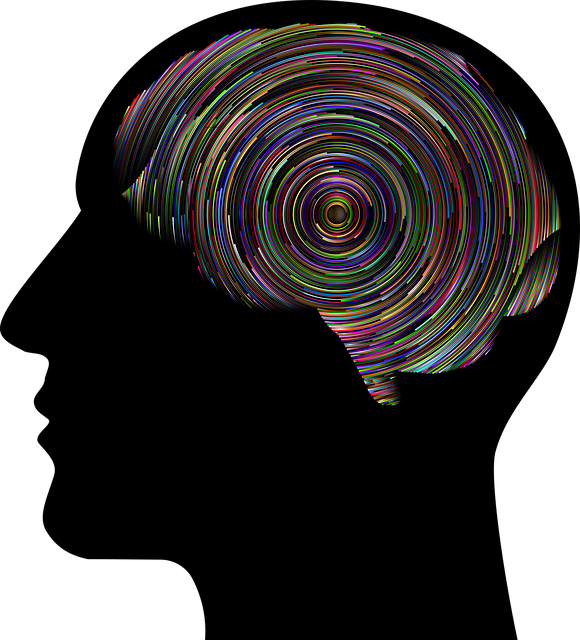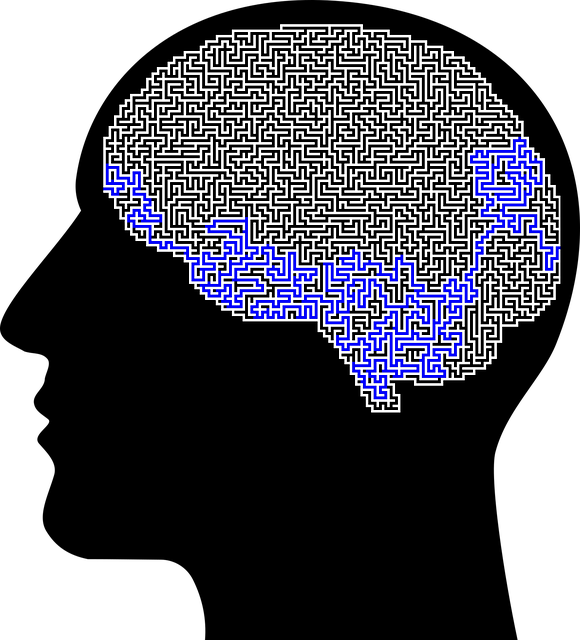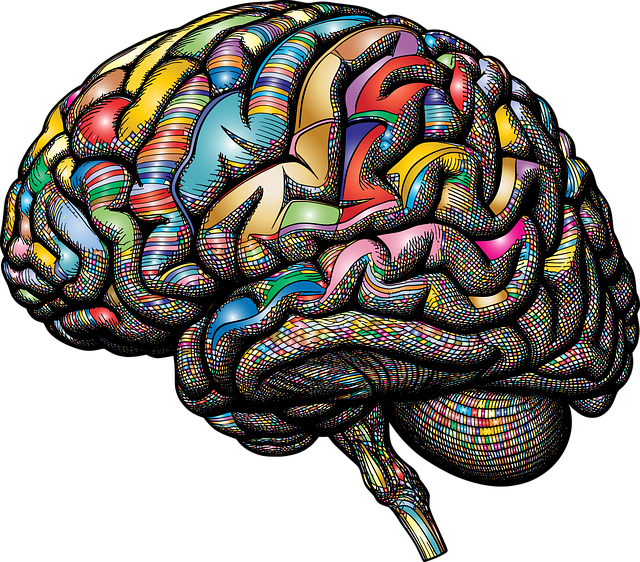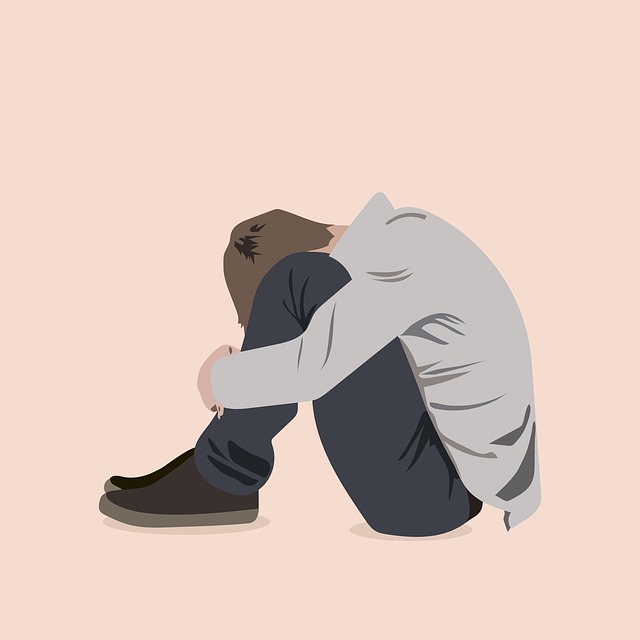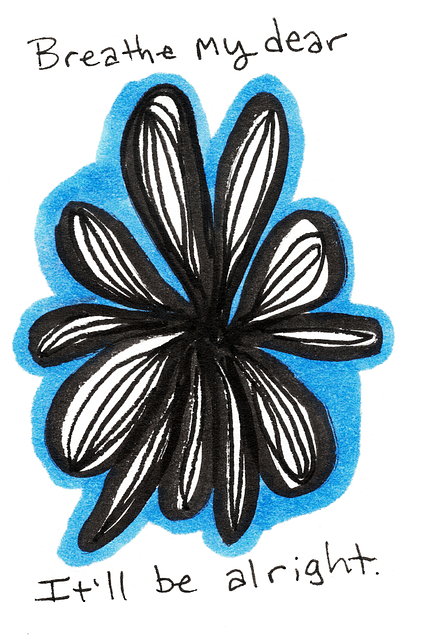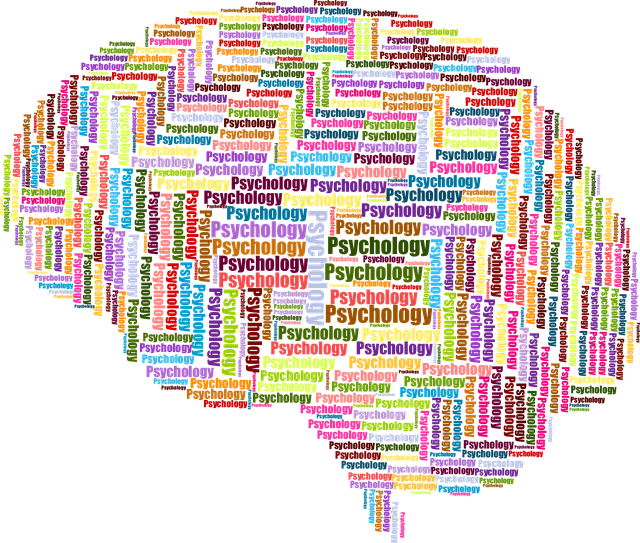Chronic pain and anxiety are interconnected, negatively affecting daily life. Golden Chronic Pain Therapy (GCPT) offers a holistic approach addressing both physical and mental aspects using techniques like CBT, mindfulness, and emotional regulation. By targeting stress and mental health, GCPT empowers individuals to manage symptoms, improve well-being, and break the cycle of chronic pain and anxiety. Mindfulness meditation, communication, and resilience cultivation are key components of GCPT, proven effective in improving quality of life for chronic pain sufferers.
Anxiety management is a vital aspect of holistic well-being, especially for those grappling with chronic pain. This article delves into effective strategies to combat anxiety, focusing on its intricate link with chronic pain. We explore golden techniques, evidence-based therapies like Golden Chronic Pain Therapy, and holistic practices such as mindfulness. By understanding these methods, individuals can navigate their journey towards better mental health, finding resilience and improved quality of life.
- Understanding Chronic Pain and Anxiety: Unraveling the Connection
- Golden Techniques for Managing Anxiety: A Comprehensive Approach
- Chronic Pain Therapy: Exploring Evidence-Based Strategies
- Cultivating Resilience: Mindfulness and Other Holistic Practices
Understanding Chronic Pain and Anxiety: Unraveling the Connection

Chronic pain and anxiety are often intertwined, creating a complex cycle that can significantly impact an individual’s quality of life. Understanding this connection is crucial for effective management of both conditions. Chronic pain, defined as persistent or recurrent pain lasting longer than 12 weeks, can lead to heightened stress levels and emotional distress, exacerbating anxiety symptoms. Similarly, anxiety disorders can cause physical sensations akin to pain, such as racing heartbeats, muscle tension, and headaches, which may be misinterpreted as chronic pain.
Golden Chronic Pain Therapy emphasizes the importance of holistic treatment approaches that address both the physical and mental aspects of pain management. Techniques like cognitive-behavioral therapy (CBT), mindfulness meditation, and emotional regulation strategies have proven effective in helping individuals cope with chronic pain and anxiety. By focusing on stress management and improving mental health, these therapeutic methods enable people to regain control over their lives and reduce the impact of both conditions. This multifaceted approach, supported by evidence from Mental Health Policy Analysis and Advocacy, holds promise for improving overall well-being and quality of life for those suffering from chronic pain and anxiety.
Golden Techniques for Managing Anxiety: A Comprehensive Approach

Anxiety is a common experience, but when it becomes overwhelming, effective management techniques are crucial. The golden strategies for managing anxiety involve a comprehensive approach that intertwines physical, mental, and emotional well-being. One of the cornerstones is Golden Chronic Pain Therapy, which focuses on understanding and addressing underlying causes rather than merely treating symptoms. This holistic method incorporates various practices such as mindfulness meditation, deep breathing exercises, and progressive muscle relaxation to calm the mind and body.
Additionally, coping skills development plays a pivotal role in preventing burnout and fostering resilience. Emotional intelligence, the ability to recognize and manage one’s emotions, is another powerful tool. By cultivating self-awareness and empathy, individuals can better navigate stressful situations, improve communication, and build stronger relationships—all of which contribute to reduced anxiety levels.
Chronic Pain Therapy: Exploring Evidence-Based Strategies

Chronic pain is a complex condition that often co-occurs with mental illness, creating a challenging cycle for those affected. Golden Chronic Pain Therapy (GCPT) offers evidence-based strategies to break this cycle. By integrating various techniques such as cognitive behavioral therapy, physical rehabilitation, and mindfulness meditation, GCPT focuses on both the body and mind. This holistic approach aims to reduce pain perception, enhance coping mechanisms, and promote overall well-being.
Beyond treatment methods, Mental Illness Stigma Reduction Efforts play a crucial role in encouraging individuals to seek help without fear of judgment. Cultivating positive thinking and mindfulness can also be transformative, enabling people to manage their symptoms effectively. Studies have shown that regular practice of mindfulness meditation significantly improves quality of life for chronic pain sufferers, offering not just a temporary fix but a lasting solution.
Cultivating Resilience: Mindfulness and Other Holistic Practices

Cultivating resilience is a cornerstone of managing chronic pain and anxiety. Holistic practices like mindfulness offer powerful tools to navigate these challenges. Mindfulness meditation, for instance, teaches individuals to stay present and non-judgmentally aware of their thoughts and feelings, fostering a sense of calm and emotional regulation. Regular practice can help reduce the impact of stressful situations, which is particularly beneficial for managing anxiety and pain that can be exacerbated by stress.
Incorporating communication strategies into one’s toolkit is equally crucial. Open dialogue with healthcare providers and loved ones allows for better understanding and support. Additionally, risk management planning for mental health professionals is essential to ensure they maintain their own well-being while assisting others. These combined approaches—mindfulness meditation and effective communication—form the golden chronic pain therapy, promoting resilience and enhancing overall quality of life.
In addressing chronic pain and anxiety, a comprehensive approach combining evidence-based strategies like Golden Chronic Pain Therapy, mindfulness, and holistic practices proves invaluable. By understanding the interconnectedness of these conditions and implementing diverse management techniques, individuals can cultivate resilience, find relief, and enhance their overall well-being.

